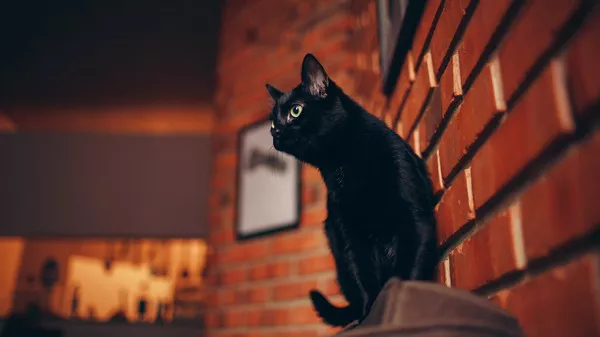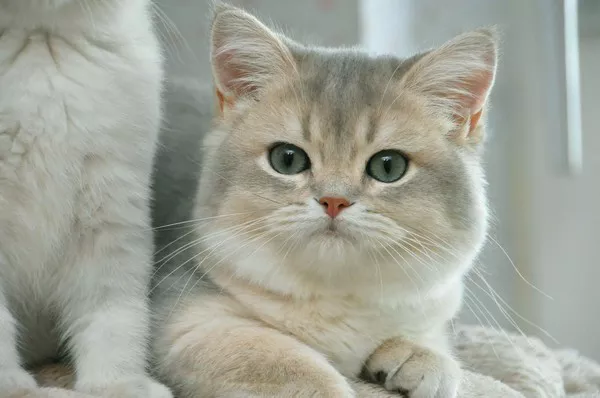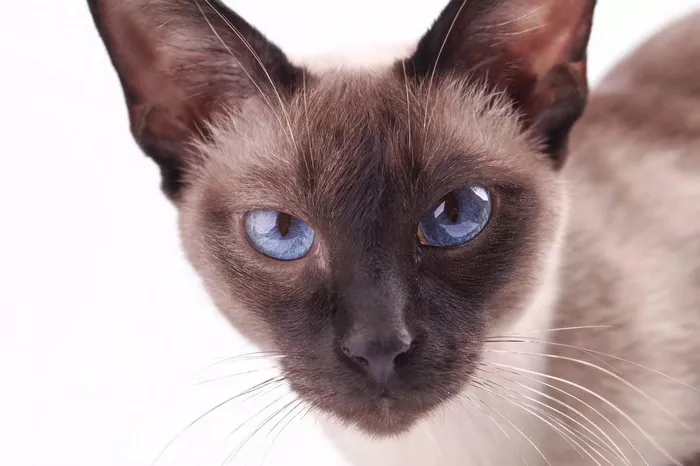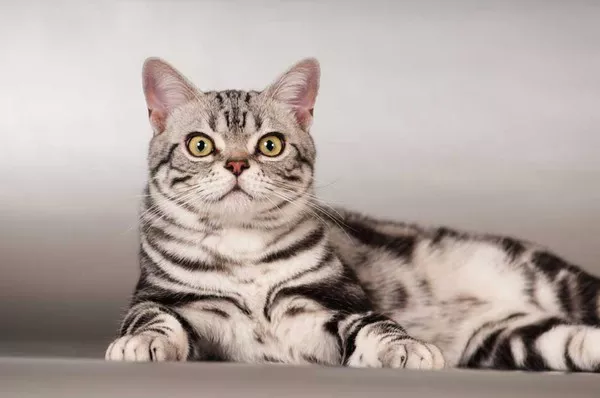Bombay cats, with their sleek black coats and striking copper or gold eyes, are renowned for their panther-like appearance. As cat enthusiasts delve into the world of feline genetics, questions often arise about the potential for Bombay cats to produce white kittens. In this comprehensive exploration, we unravel the mysteries of feline genetics, examining the possibilities and factors that contribute to coat color inheritance in Bombay cats.
Understanding Bombay Cat Genetics:
Before delving into the potential for white kittens, it’s essential to grasp the basics of Bombay cat genetics. The Bombay cat breed originated from careful breeding efforts to create a feline companion with the appearance of a miniature panther. The breed’s distinctive features include a sleek, black coat, a muscular build, and captivating eyes. Understanding the genetic makeup of Bombay cats provides insight into the inheritance of coat colors.
Coat Color Genetics:
The color of a cat’s coat is determined by the combination of genes inherited from its parents. The two primary pigments responsible for coat color are eumelanin (black) and pheomelanin (red or orange). The interaction between these pigments, along with other genetic factors, gives rise to the various coat colors and patterns observed in cats.
Bombay Cat-Specific Genes:
Bombay cats have a gene known as the “cb” gene, which is responsible for their black coat color. This gene is a recessive allele, meaning that for a cat to display the black coat characteristic of the breed, it must inherit the “cb” gene from both parents.
Can Bombay Cats Have White Kittens?
The likelihood of Bombay cats having white kittens is relatively low, primarily due to the breed’s genetic predisposition for a black coat. However, several factors contribute to coat color inheritance, and understanding these factors provides a more nuanced perspective.
Genetic Variation:
While the standard for Bombay cats is a black coat, genetic variation within the breed can lead to occasional deviations in coat color. This variation may result from the presence of other genes that influence coat color, even if the dominant “cb” gene for black color is present.
Recessive Genes for White Color:
The presence of recessive genes for white coat color in one or both parents can potentially lead to the birth of white kittens. If a Bombay cat carries genes for white color, it may pass them on to its offspring, manifesting as white coat color in certain circumstances.
Genetic Anomalies:
Rare genetic anomalies or mutations can occasionally lead to unexpected coat colors in kittens. These anomalies may arise spontaneously or result from genetic factors not commonly associated with the breed.
Factors Influencing Coat Color in Bombay Kittens:
Parental Genetics:
The coat color of Bombay kittens is heavily influenced by the genetics of both parents. If both parents carry genes for black coat color, the likelihood of the kittens having a black coat is significantly increased. However, the presence of recessive genes for other colors can introduce variability.
Genetic Carriers:
Cats can be carriers of certain coat color genes without displaying the corresponding color themselves. In the case of Bombay cats, a cat carrying recessive genes for white color may not express that color but can pass it on to its offspring.
Random Genetic Combinations:
The combination of genes during the formation of gametes (sperm and egg cells) is a random process. Even if both parents have a black coat, the specific combination of genes in their reproductive cells can lead to unexpected coat colors in their kittens.
Breeding Practices and Coat Color Predictions:
For cat breeders and enthusiasts interested in maintaining the distinct black coat of Bombay cats, careful attention to breeding practices and understanding the genetics involved is crucial. Breeding two Bombay cats with a strong genetic predisposition for black coat color increases the likelihood of producing kittens with the desired characteristics.
Selective Breeding:
Breeders often engage in selective breeding practices to emphasize specific traits, including coat color. By pairing cats with desirable coat colors and genetics, breeders aim to produce offspring that conform to the breed standard.
Genetic Testing:
Advances in genetic testing allow breeders to gain insights into the specific genes carried by their cats. This information can aid in making informed breeding decisions and predicting potential coat colors in kittens.
Maintaining the Integrity of the Bombay Breed:
While the occasional occurrence of white kittens in a Bombay litter may be possible due to genetic variation, breeders typically strive to adhere to the established standards for the breed. The distinctive black coat and panther-like appearance are integral to the identity of Bombay cats, and maintaining the breed’s integrity involves careful consideration of genetics and breeding practices.
Conclusion:
In the intricate world of feline genetics, the question of whether Bombay cats can have white kittens unveils the complexity and variability inherent in coat color inheritance. While the breed standard for Bombay cats emphasizes a sleek black coat, the interplay of genetic factors, recessive genes, and occasional anomalies can introduce variation in coat colors. For breeders and cat enthusiasts, understanding these genetic dynamics is essential for making informed decisions and ensuring the preservation of the Bombay breed’s distinctive characteristics. While white kittens may be a rarity in the Bombay lineage, the allure of these elegant felines remains rooted in their captivating black coats and enchanting personalities.



























